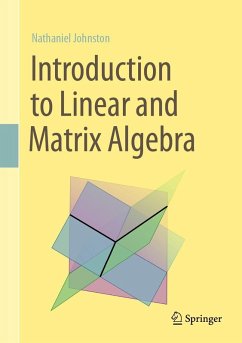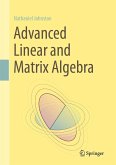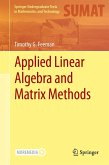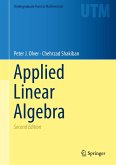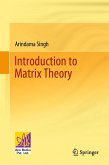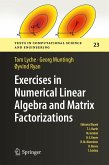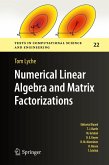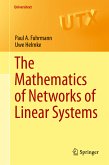Starting with an introduction to vectors, matrices, and linear transformations, the book focuses on building a geometric intuition of what these tools represent. Linear systems offer a powerful application of the ideas seen so far, and lead onto the introduction of subspaces, linear independence, bases, and rank. Investigation then focuses on the algebraic properties of matrices that illuminate the geometry of the linear transformations thatthey represent. Determinants, eigenvalues, and eigenvectors all benefit from this geometric viewpoint. Throughout, "Extra Topic" sections augment the core content with a wide range of ideas and applications, from linear programming, to power iteration and linear recurrence relations. Exercises of all levels accompany each section, including many designed to be tackled using computer software.
Introduction to Linear and Matrix Algebra is ideal for an introductory proof-based linear algebra course. The engaging color presentation and frequent marginal notes showcase the author's visual approach. Students are assumed to have completed one or two university-level mathematics courses, though calculus is not an explicit requirement. Instructors will appreciate the ample opportunities to choose topics that align with the needs of each classroom, and the online homework sets that are available through WeBWorK.
Dieser Download kann aus rechtlichen Gründen nur mit Rechnungsadresse in A, B, BG, CY, CZ, D, DK, EW, E, FIN, F, GR, HR, H, IRL, I, LT, L, LR, M, NL, PL, P, R, S, SLO, SK ausgeliefert werden.
Hinweis: Dieser Artikel kann nur an eine deutsche Lieferadresse ausgeliefert werden.
"The book is easy to read and requires almost no basic prior knowledge. ... This is a good textbook on linear and matrix algebra. I would recommend this book to students who are learning linear algebra for the first time." (Qing-Wen Wang, zbMATH 1481.15001, 2022)

